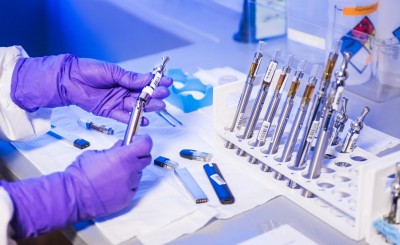Space
Falcon 9 Rocket Explosion UPDATE: SpaceX Finally Solves The Mystery
Sam D
First Posted: Nov 01, 2016 04:24 AM EDT
First Posted: Nov 01, 2016 04:24 AM EDT
Two months ago, in September this year, American aerospace manufacturer SpaceX made news for the wrong reasons when its Falcon 9 rocket exploded at Florida's Cape Canaveral Air Force Station. The accident was a major setback for the company, and apart from reportedly grounding its activities, the incident also destroyed Facebook's first satellite. Now, investigators who carried out an in-depth analysis have claimed to find the reason that made the rocket explode.
According to the investigation team, comprising of representatives from SpaceX, the US Air Force, NASA and the US Federal Aviation Administration (FAA) along with other industry experts, the answer to solving the mysterious accident can reportedly be found in the three helium pressure vessels which were located in the rocket's upper portion. Called composite overwrapped pressure vessels (COPVs), the three vessels were part of the second stage liquid oxygen tank's cryogenic helium system. Now, the investigators have been able to find what could have caused the blast by replicating the problem in one of the vessels by adapting the conditions present within the tank during the helium-loading process.
"Previously, we announced the investigation was focusing on a breach in the cryogenic helium system of the second stage liquid oxygen tank," SpaceX stated. "Through extensive testing in Texas, SpaceX has shown that it can re-create a COPV failure entirely through helium loading conditions. These conditions are mainly affected by the pressure and temperature of the helium being loaded."
SpaceX was trying to find a different heat source that caused the blast during a routine tank filling because the engines weren't on and hence couldn't have produced the heat that triggered the explosion. Now, as per reports, it seems that the accident was caused by a slight change in pressure conditions and temperature inside the tank, which makes it an even graver issue. The company has to now replicate the whole accident event to analyze how shifting conditions can cause an explosion, as well as redesign the cryogenic helium system so that such an incident can never occur again - two massive challenges made even more difficult by the extremely short duration of the event that took place in 93 milliseconds.
See Now: NASA's Juno Spacecraft's Rendezvous With Jupiter's Mammoth Cyclone




